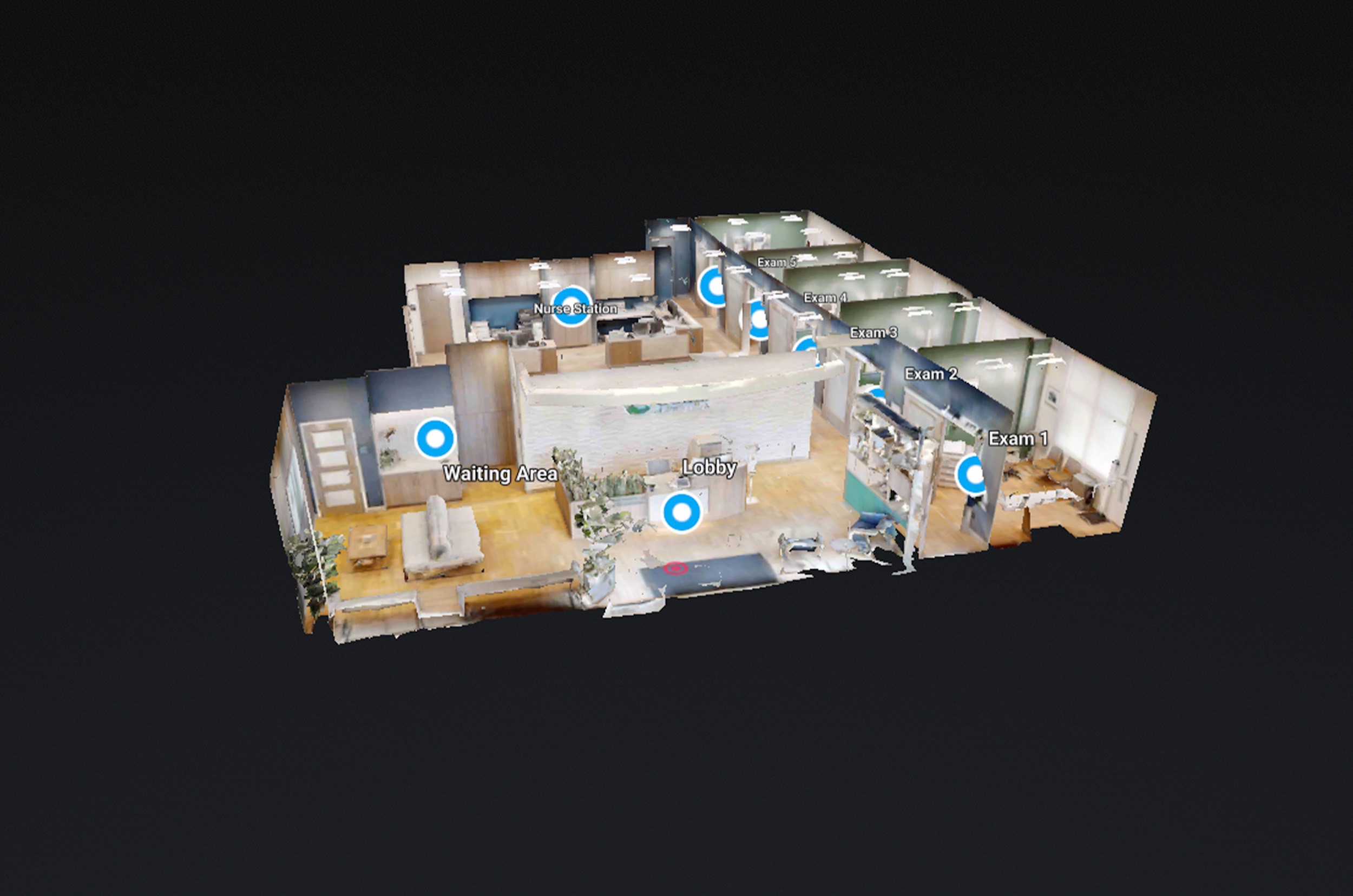In the digital age, universities and educational institutions are increasingly turning to online platforms to showcase their campuses and attract prospective students. One innovative tool that has revolutionized the way campuses are presented is interactive 360 virtual tours.
In this article, we will explore the immense potential of using interactive 360 virtual tours to curate captivating and immersive campus experiences for online visitors. Discover new ideas and expert advice on how this technology can elevate your campus tours and engage prospective students like never before.
- Embrace Immersive Experiences: Interactive 360 virtual tours provide a unique opportunity to create immersive experiences for prospective students. Instead of relying solely on static images and text descriptions, virtual tours enable visitors to explore the campus from the comfort of their own homes. By incorporating interactive features such as hotspots, videos, and audio guides, you can provide a comprehensive and engaging tour experience.
- Showcase Campus Facilities: Utilize interactive 360 virtual tours to showcase various campus facilities. Highlight state-of-the-art laboratories, libraries, sports facilities, dormitories, and other important spaces. Provide detailed information about the amenities, equipment, and resources available to students. By allowing visitors to virtually step inside these spaces, you can give them a real sense of what it’s like to study and live on your campus.
- Offer Guided Pathways: To enhance the virtual tour experience, consider offering guided pathways that focus on specific areas of interest. For example, you could create tours tailored to different academic disciplines, extracurricular activities, or specialized programs. This approach allows prospective students to explore the aspects of campus life that align with their interests and aspirations, providing them with a personalized and targeted experience.
- Incorporate Student Stories: One powerful way to engage prospective students is by incorporating student stories within the virtual tour. Feature interviews, testimonials, or short videos of current students sharing their experiences and insights about campus life. This personal touch humanizes the virtual tour, helping prospective students connect with the institution on a more emotional level.
- Host Live Virtual Events: Take advantage of the interactive nature of virtual tours by hosting live virtual events. This could include Q&A sessions, live chats with current students and faculty, or even virtual open houses. These events create opportunities for prospective students to interact directly with the campus community, ask questions, and gain valuable insights in real-time.
- Integrate Social Media Integration: Incorporate social media integration within the virtual tour to encourage prospective students to share their experiences and engage with others. Implement features that allow visitors to share specific tour highlights on their social media platforms or invite friends to join the virtual tour. This not only expands the reach of your virtual tour but also fosters a sense of community and connection among prospective students.
- Provide Additional Resources: Supplement the virtual tour with additional resources and information to cater to diverse needs and interests. Include links to academic programs, financial aid information, campus maps, and contact details for admissions and support services. This comprehensive approach ensures that prospective students have access to all the necessary information to make informed decisions about their education.
- Seek Feedback and Continuously Improve: After implementing interactive 360 virtual tours, seek feedback from prospective students and other visitors to understand their experience and identify areas for improvement. Use this feedback to refine and enhance the virtual tour experience, ensuring that it continues to meet the evolving needs and expectations of prospective students.
Conclusion
Interactive 360 virtual tours have transformed the way campus tours are conducted, allowing prospective students to explore campuses remotely and gain a comprehensive understanding of what an institution has to offer. By embracing the power of interactive features, showcasing campus facilities, incorporating student stories, hosting live events, and providing additional resources, educational institutions can curate compelling virtual tours







